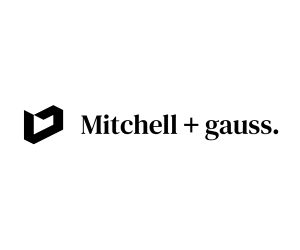Level of second home ownership plummets in Scotland

The number of people who own a second home in Scotland has dropped by almost 50 per cent in the last six years, new figures show.
Commentators have attributed the tumbling amount of dual homeowners to higher taxes on additional properties, the rise of internet short-term lets and a climate of wider continuing economic uncertainty.
The data shows that that the total number of properties officially listed as second homes has dropped from a peak of more than 40,000 in 2012 to under 25,000 in 2018.
There were just over 2,000 second homes in Edinburgh last year, down from a peak of 5,800 in 2012. Figures also plunged in Glasgow, Aberdeen and Dundee.
The rate of decline was much lower in the Highland Council area, which now has more second homes than anywhere else.
The total fell from about 4,500 in 2012 to just under 3,900 in 2018.
A 3 per cent purchase tax – the additional dwelling supplement – was instated in 2016 on all new second and buy-to-let homes worth more than £40,000.
That would amount to £6,000 on a £200,000 property and comes on top of other local tax changes.
But Susanna Clark, director of research for upmarket estate agent Strutt & Parker in Scotland also stressed that other factors were a work.
She said: “Continued uncertainty in the market has meant people are cautious about investing in a second property, with many adopting a ‘wait-and-see’ approach until more clarity returns to the market.
“Meanwhile, potential vendors are holding on to their assets, resulting in a shortage of stock for those who are willing and keen to invest.”
Ms Clark added: “The relative ease of letting a property for short breaks up to now made it very popular and, consequently, reduced the number of available residential properties in the capital and rural areas, such as the Highlands, putting further pressure on the stock available for sale and rent.”






